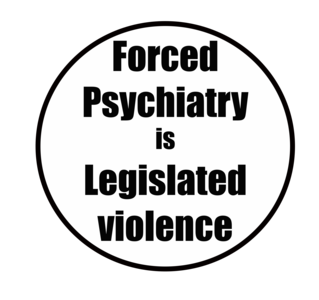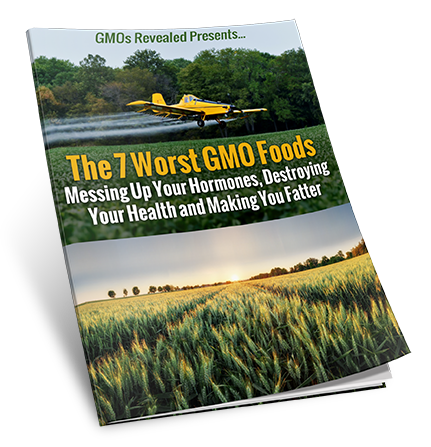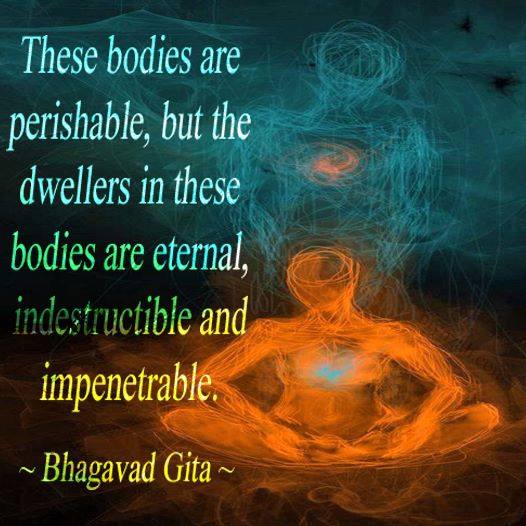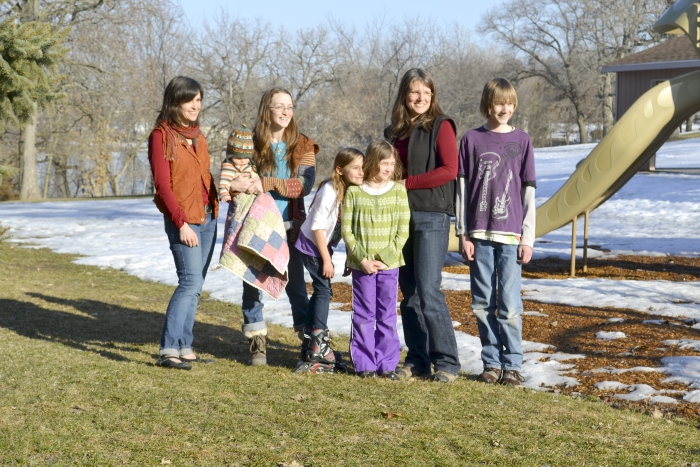The following was written by someone promoting bone broth. But if you read my newsletters you will recall an article a week or so back talking about the promoted advantages of bone broth and how they do not appear to hold water. Nevertheless these points below are as valid as they could be. Instead of bone broth, to effect an improvement in you gut microbiome add organic vegetables and fruits, kambucha, fermented foods like sauerkraut etc.
Scientists are starting to call it an “organ” because it functions as one…
The human microbiome is a miraculous web of micro-organisms that live in harmony with us… In fact, they are so important to us that if they DIE…
We die.
And sadly, that’s exactly what’s happening because the modern Western diet is full of chemical foods that kill the good bacteria in our gut…
And encourage the bad ones to thrive.
The most recent research discovered just how important these invisible allies are to our health…
Cancer, Heart disease, Obesity, Crohn’s disease…
Diabetes, Autism, Leaky gut syndrome… Celiac, Auto-immune illness, Irritable Bowel Syndrome…
Even Skin Diseases, Allergies, Anxiety and Depression…
ALL are connected to the health of our gut bacteria.
But here’s the thing:
You can’t just pop a probiotic and fix anything because your gut microbiome is 100% unique to you…
As a matter of fact, the one thing you can get researchers agree on is this… When it comes to fixing your gut health…
Nothing has a bigger impact than…
FOOD.
What you do and don’t eat radically shifts the balance of gut microbes within 24 hours.
![MEAL PREP 101 [QUICK GUIDE]](http://www.tomgrimshaw.com/tomsblog/wp-content/uploads/2019/02/Meal-Prep-tips.jpg)








